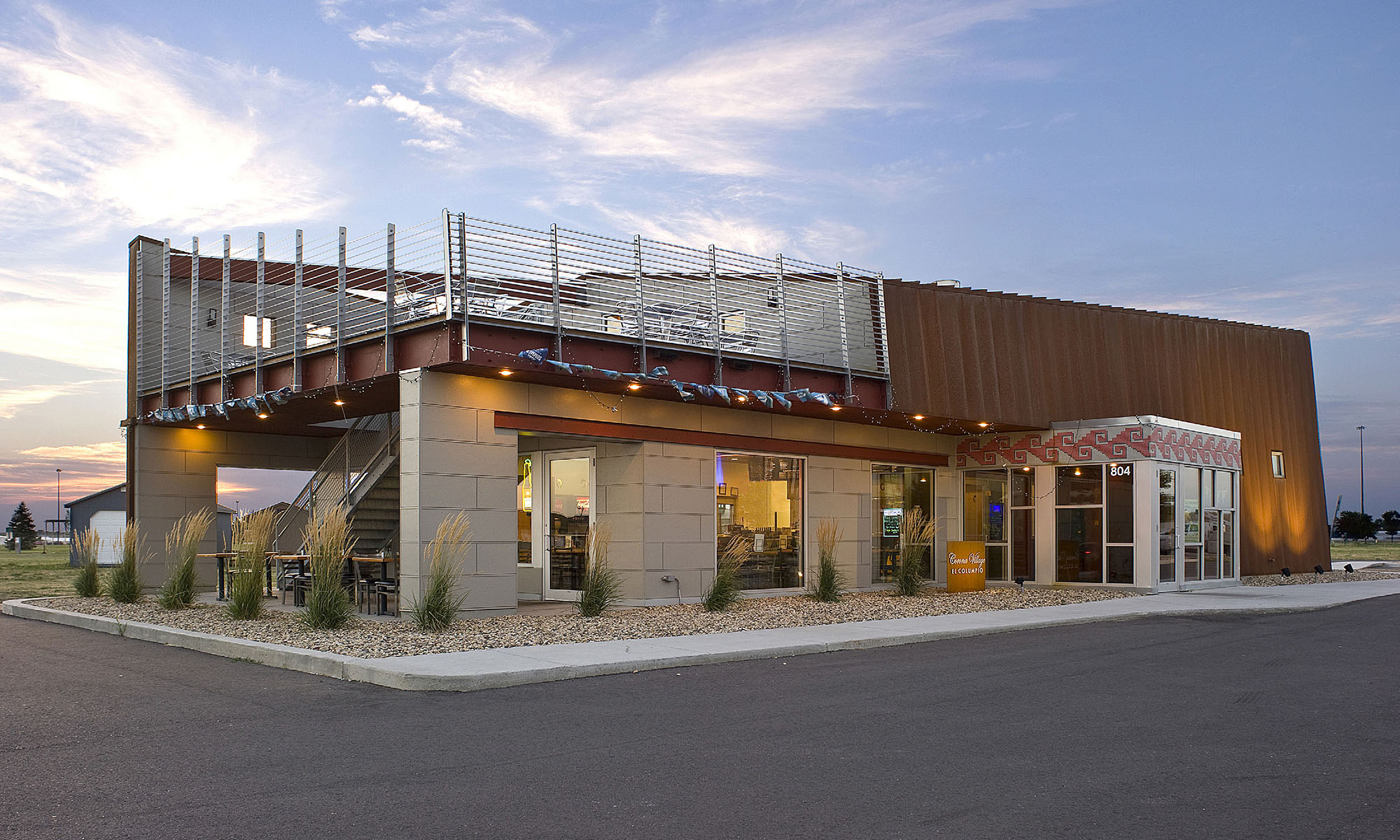It was my honor to conduct the following interview, posted in two parts, with Pascale Sablan, FAIA, an Architect/Advocate creating a diverse community network of those who impact our built environment through her organization, Beyond the Built Environment, as well as her work as an Associate at Adjaye Associates in New York City.
AD: Pascale, thank you so much for participating with this interview! I appreciate the time you are giving to discuss the work you have been doing with your career with me, especially as it has grown in the last three years. For the subscribers of Blueprint South Dakota who do not know you or the work you are accomplishing, would you like to introduce yourself?
PS: Hi, I am Pascale Sablan, an Associate at Adjaye Associates based in New York City. I am the founder and executive director of Beyond the Built Environment, which is an advocacy organization that focuses on elevating the identities and work of women and BIPOC designers for the purpose of creating community engagement and allowing architecture to become part of the system of dismantling racism and sexism and other forms of oppression in the built environment.

I am also the AIA New York board member, AIA National Strategic Planning committee member, where I helped write the 5-year strategic plan, the NOMA (National Organization of Minority Architects) historian, curating an exhibition on the history and legacy of the organization, and NOMA’s current President Elect, and will be the 5th woman architect to hold the position of President in the organization’s 50-year history.
Lastly I am AIA’s 2021 Whitney M. Young Jr. award recipient which elevated me to the AIA College of Fellows, the youngest African American to reach this honor in the organization’s 164 year legacy.

AD: It’s amazing that you can take all that on! As you mentioned, you are the founder and executive director of Beyond the Built Environment. What prompted you to start this organization alongside your daily work?
PS: In doing my collective responsibility, which is volunteering with NOMA, AIA, ACE (Architect, Construction, Engineering) Mentor Program of America and other institutions, I realized I needed an umbrella to capture the work I was doing. When I started to form the SAY IT LOUD initiative, I was seeking sponsorships to help pay for the printing, production, and rental space for the exhibitions. Rather than having those sponsorship checks going into my personal bank account, I created an LLC for the purposes of keeping the funds clear and concise to the mission.

Yes, as you mentioned, this is separate from my full-time job. It started only as an idea, but after I got a “YES!” to do an exhibit as SAY IT LOUD – New York, it grew from there to become an opportunity to fill the gap in the work that that is being done to elevate diverse designers within the design industry. With one of my superpowers being the ability to elevate and be proud of other people, my mission is to make this network accessible as a resource to as many people as possible.
AD: How many SAY IT LOUD exhibitions have you had?
PS: 26! 26 exhibitions elevating the identities and work 669 women and BI-POC designers globally with another 4 in planning for early next year.
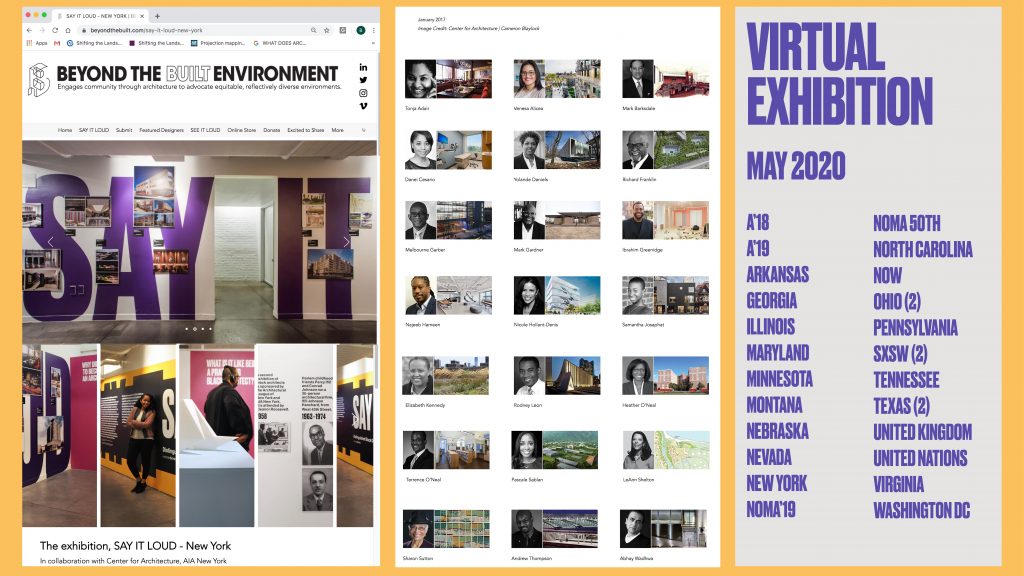
AD: Are they statewide exhibitions or city focused?
PS: I always try to do statewide exhibitions because I felt city focused could be too restrictive. Now, as we move to international exhibitions there have been some great and challenging conversations as to how these are organized. For example, I am meeting with a group in Australia, and they don’t want a SAY IT LOUD – Australia, that would be like saying SAY IT LOUD – North America! Through discussions, the official exhibition name will be SAY IT LOUD – Melbourne.
As exhibitions start to manifest globally, I really love that conversations begin to challenge my ideas of how exhibitions are being represented. Are groups really minorities in a community where they are the majority? They may be the majority within the population, but it doesn’t necessarily mean they are in the majority of those who are able to impact their built environment.
A lot of systemic issues we are dealing with in the United States, others are also dealing within their own countries. The essence and effort in what we are trying to do with these exhibitions still hold true and are valuable whether we are talking about an architect in South Dakota or one in Melbourne, Australia.
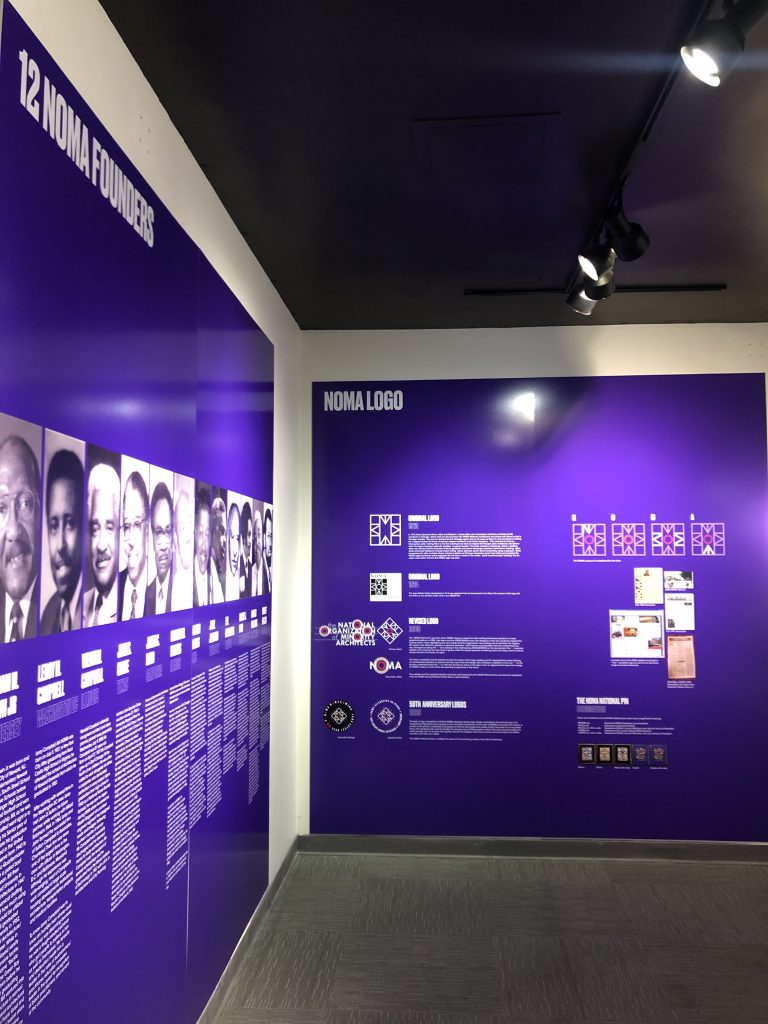
AD: These would be very interesting conversations to develop an understanding of who makes decisions, leads conversations, and pays for projects within the built environment. If you are not part of the conversation, how can you affect change within the built environment?
PS: It goes beyond being just part of the conversations, rather intimately understanding and dismantling systemic methods where development is used to erase culture of a community and remove the local voice from the process.
Through my advocacy work I have realized the force of erasure the lack of representation is not necessarily a by-product of passive situations that I had originally assumed. It is strategic limit the engagement and acknowledgement of women and BI-POC designers and businesses within the built environment. It is also an intentional practice of designing and construction, architecture that facilitate racism, sexism and other forms of oppression in the built environment that disproportionally impacts socio-economically challenged or minority communities.
That is why I am proud to be part of the AIANY Board of Directors who penned the Criminal Justice Statement that we released in September of 2020 that asks our profession to step away from jails, prisons and places of detention and lean into new typologies of restorative justice.
AD: I completely agree. I have seen that within my experience in the design industry, even though what I have seen is only a very small portion of the systems in place. Through the conversations you have with those who have participated within your exhibitions, are you able to build or interconnect the network of 669 women and BI-POC designers with each other? Are you able to use and leverage your network with others as well?
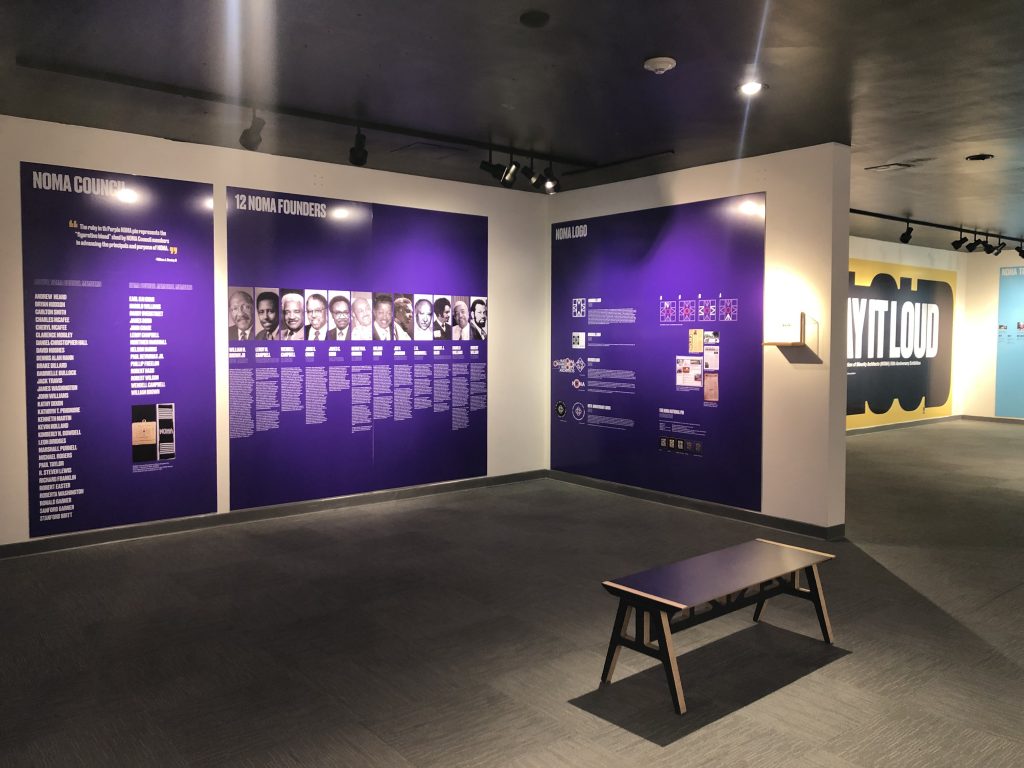
PS: I do have virtual component of the exhibitions where people can vote for their favorite people’s choice, which allows designers to share with their network that they are being featured and about the exhibitions. Within that process, we have started to build a listserv of those who care about the exhibitions, then keep those involved as more exhibitions are created. We are looking to be more strategic about outreach going forward.
I have been developing the GreatDiverseDesigners.com, which would be a searchable version of the Great Diverse Designers library housed on the Beyond the Built Environment website. This will allow people search locations, typologies, and other information truly making it a better resource rather than a list that keeps growing, but it all takes time.
AD: I love the Takeovers by designers on the Beyond the Built Instagram. I have been able to broaden my network of women and BI-POC designers within the industry and follow their journeys through their career.
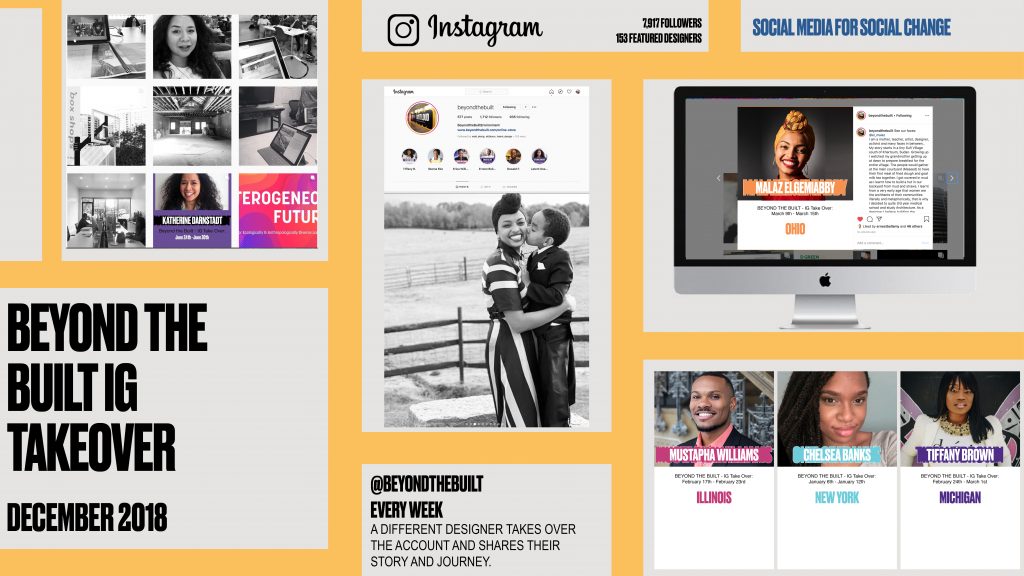
PS: With the BeyondtheBuilt IG page, the goal was to build a community of those who want to hear our stories. With that, you will notice there is a lot of engagement with the post. If you ask a question, there will be responses. Each takeover professional really cares about their story. The takeovers also allow individuals to be responsible for how they are introducing themselves and their work. It starts as a prompt for people to dust off their hard drives, pull images, and relive their story. By doing this, it puts them at the forefront of the conversations, and even diversifies the meaning of what it is to impact the built environment. More importantly it becomes a source of inspiration to others in their path. I’m proud to see this community grow so rapidly. We have almost 8,000 followers now and getting more requests for international takeovers.
Allison Dvorak, AIA, CPHC, is a member of the AIA South Dakota Board of Directors, liaison to the Emerging Professionals and Communication committees, and an architect in Sioux Falls. She received her M.Arch from North Dakota State University and continues to develop her Master’s thesis of researching and implementing design theories focused on human centered design through speaking engagements, design practice, and one-on-one client education. Allison lives in Sioux Falls with her husband, son and daughter.
